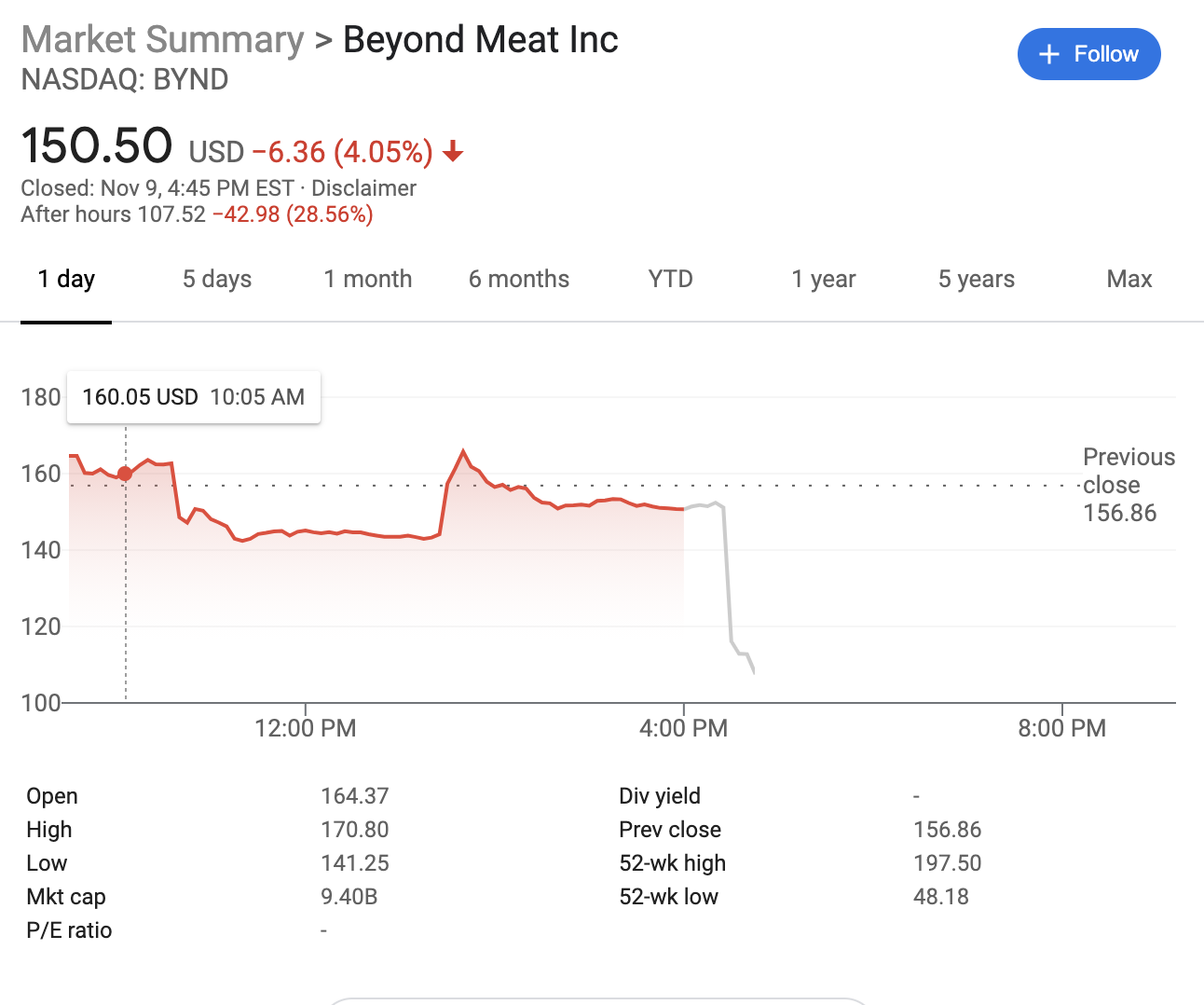Elon Musk’s tunneling and transportation startup The Boring Company is eyeing Austin for its next project based on several new job postings.
The Boring Company, which last year landed a deal to construct and operate a “people mover” for the Las Vegas Convention Center, tweeted Monday that is was hiring in Austin. Engineering, accountant and business development positions are listed on its website, the type of jobs that suggest that The Boring Company sees enough opportunity in Austin to set up more permanent operations there.
Austin is becoming a hotbed of Musk-related activity. Tesla, which Musk leads, picked in July a site near Austin for its next U.S. factory, a four to five-million-square foot $1.1 billion plant that will assemble the automaker’s futuristic Cybertruck, the Tesla Semi and the Model Y and Model 3 for sales to customers on the East Coast.
Musk described the future factory as an “ecological paradise,” with a boardwalk and bike lanes and where the public will be welcome. It’s unclear if the first customer of The Boring Company will be Tesla.
The Boring Company has five product lines, all of which are centered around tunneling. The startup, which raised $120 million in new funding in summer 2019, offers the base tunnel to customers as well as those designed for use by utilities, pedestrians, freight and it’s so-called Loop service.
The company describes the Loop as an underground public transportation system in which passengers are transported via in autonomous vehicles at up to 150 miles per hour through tunnels between stations. The company says the autonomous vehicles are Tesla Model S, 3, and X. (It should be noted that while Tesla vehicles do have robust advanced driver assistance systems, they are not considered by government bodies such as the U.S. DOT as fully autonomous.)
The Loop is what Las Vegas Las Vegas Convention Center officials sprang for. Under its contract, the LVCC Loop is supposed to transport attendees through two 0.8-mile underground tunnels in Tesla vehicles, four or five at a time. Planning files reviewed by TechCrunch seem to show that the Loop system will not be able to move anywhere near the number of people LVCC wants, and that TBC agreed to.


